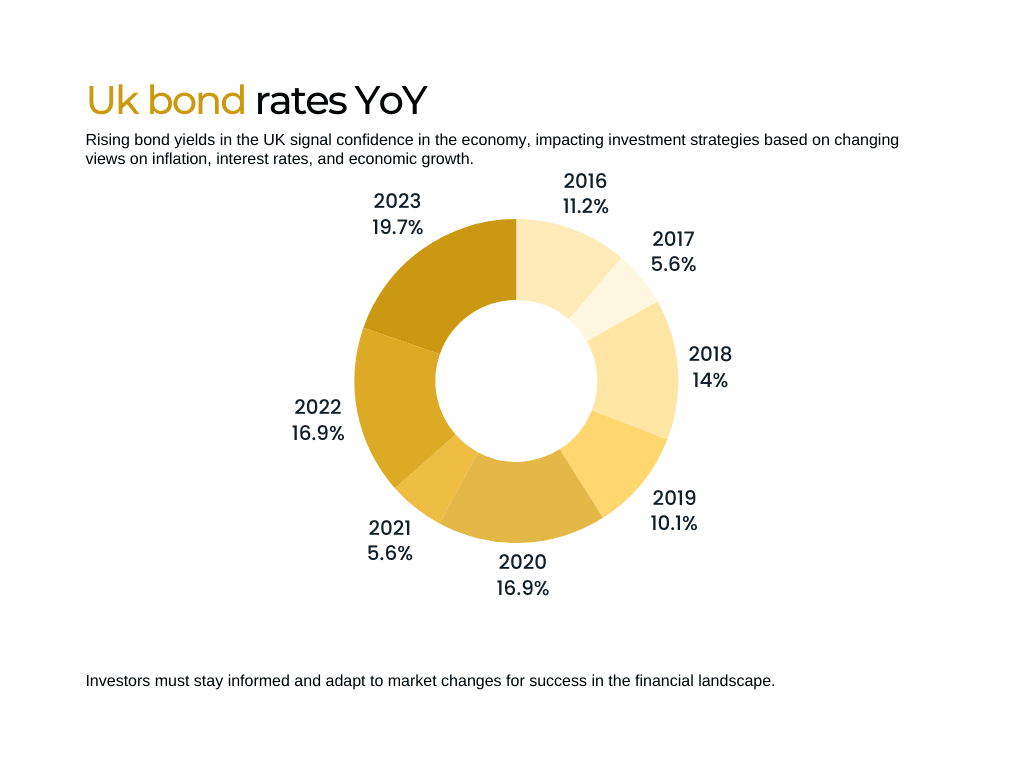The best reason to put a bond in a trust is to try and lower or negate Inheritance Tax. Careful use of a trust can ensure that some investments are not taxed when given as a “gift” or left as part of an estate upon death.
In this article, we will look at why you would put a bond in trust? and what the financial ramifications of doing so are.

What is a financial trust?
Financial trusts are a legal arrangement whereby assets such as Property Bonds, Stocks or money are held and managed by a trustee for the benefit of one or more beneficiaries.
The person who contributes the assets, property or money is known as the settlor.
The purpose of a financial trust is to provide financial protection, control, and distribution of assets according to the wishes of the settlor.
The way a trust works is the settlor transfers their chosen assets into a financial instrument known as a “trust”.
The trustee is a nominated individual or financial institution who is selected by the settlor. Once the trust is set up by the settlor the trustee then becomes the legal owner of those assets and has the responsibility to manage them following the trust’s terms.
The last party involved in a trust is known as “The beneficiaries”. The beneficiaries are the person(s) who stand to financially benefit from the trust. The nominated trustee has a fiduciary duty to act in the best interests of the beneficiaries and follow the instructions and guidelines outlined in the trust document.
What are they used for?
Financial trusts can serve various purposes, such as protecting assets, providing for the financial needs of dependents, minimising estate taxes, avoiding probate, or ensuring the smooth transfer of wealth from one generation to the next. The specific terms and provisions of a financial trust can vary greatly depending on the goals and intentions of the settlor.

Why combine an investment bond with a trust?
Investment Bonds are a particularly astute choice especially when used in parallel with a bond. The reason is that bonds are not classed as an “income generating” asset. This is true, even if the underlying assets that make up the bond generate passive income.
As mentioned in the first paragraph, there are several reasons to place a bond inside of a trust. But the most pertinent reason is that when done carefully and to the letter of the law, placing a bond inside of a trust can avoid inheritance tax. When a person does this it’s often through what’s called a loan trust. A “loan trust” is where an individual wants to address Inheritance tax (IHT) planning but does not want to relinquish access to their capital. The bond is placed into a trust that allows the settlor to access their original capital and retain control, but growth in the bond is not included in their estate for IHT purposes.
The other reasons to place a bond inside a trust are that you may wish a family member, loved one, friend or organisation to benefit from dividend payments from the bond, but without the ability to immediately sell or transfer it.
Another reason is that you may just simply want to include it as part of inheritance upon your death.

Inheritance Tax Rates on Bonds In Trusts
If you own a bond and it’s not included in a trust it will be subject to Inheritance tax.
The standard Inheritance Tax rate is 40%. It’s only charged on the part of your estate that’s above the threshold.
Example
“Your estate is valued at £500,000 and your tax-free threshold is £325,000. The Inheritance Tax charged will be 40% of £175,000 (£500,000 minus £325,000)”
*However your estate can choose to pay the due Inheritance Tax at a reduced rate of 36% on some assets. This is only possible if you leave 10% or more of the net value to a registered charity in your will.
Reliefs and exemptions
Gifts given during your lifetime may be subject to taxation after your death. The amount of Inheritance Tax charged on these gifts could be reduced by “taper relief” if they were given at certain times, potentially lowering the tax rate below 40%.
There are additional reliefs, like Business Relief, that enable certain assets to be transferred without incurring Inheritance Tax or with a reduced tax liability.
If your estate includes a farm or woodland, you can get in touch with the Inheritance Tax and Probate helpline to inquire about Agricultural Relief.
What are the benefits of putting a bond in a trust?
There are many benefits of combining investment bonds with a structured trust. Our top reason is:
Income tax is generally not applicable unless certain conditions trigger a “chargeable event.”
Trustees of trusts are not required to file annual income tax returns, simplifying tax reporting.
- Some trusts allow regular payments to be made to the original investor without immediate income tax liability, often through investment bonds with the option for 5% cumulative withdrawals.
- Trustee Investments often require cautious approaches to preserve capital, and investment bonds with guarantees can fulfil this need, which other investments may lack.
- Capital Gains Tax (CGT) does not apply to bonds, allowing trustees to switch between funds within the bond without incurring CGT charges.
- Withdrawals from investment bonds do not incur exit charges for Inheritance Tax, as long as the bond value remains below the Nil Rate Band.
- Reaching the age of 21 by a beneficiary does not trigger any tax charges.
- Investment bonds are considered “non-income producing assets,” removing the requirement to distribute funds to beneficiaries once they turn 18.
- If the beneficiary is a non or basic-rate taxpayer, “top slicing relief” will be applied to investment returns, which can potentially avoid higher or additional rate taxes.
- Trustees can assign investment bonds to beneficiaries upon entitlement, which in turn can avoid or lower taxable charges and allow beneficiaries to relinquish the bond based on their tax circumstances.
FAQ’S
What are the three main responsibilities of a bond trustee?
- Safeguarding bondholders’ interests: The trustee ensures that bondholders’ rights and interests are protected throughout the life of the bond. This includes monitoring compliance with the bond’s terms and conditions, such as timely payment of principal and interest, and taking appropriate action if the issuer fails to meet its obligations.
- Enforcing bond covenants: The trustee ensures that the issuer complies with the covenants stated in the bond agreement. These covenants may include requirements related to financial reporting, maintenance of collateral, or limitations on additional borrowing. The trustee may take action to enforce these covenants or protect bondholders’ rights if the issuer breaches them.
- Managing bondholder communications: The trustee acts as an intermediary between the issuer and bondholders, facilitating communication and information flow. They provide regular updates to bondholders on the bond’s performance, distribute interest payments, and handle the exchange or redemption of bonds when necessary. Additionally, the trustee may assist in coordinating bondholder meetings or votes on matters that affect the bond issue.
Passive Income Specialist
NCL was conceived having identified a need for professional investment solutions, specifically tailored to the needs and requirements of High-Net-Worth investors
New Capital Link has helped countless investors and institutions diversify, streamline and increase the growth in their investment portfolios.
If you are interested in market-leading bonds and investment vehicles that you won’t find with your local IFA – then the experienced team at New Capital Link can help.
We have helped everyone from individual investors to large corporations improve their future by maximising their returns on market-leading opportunities.
Contact us today for a full free financial health check.
Other Articles:







